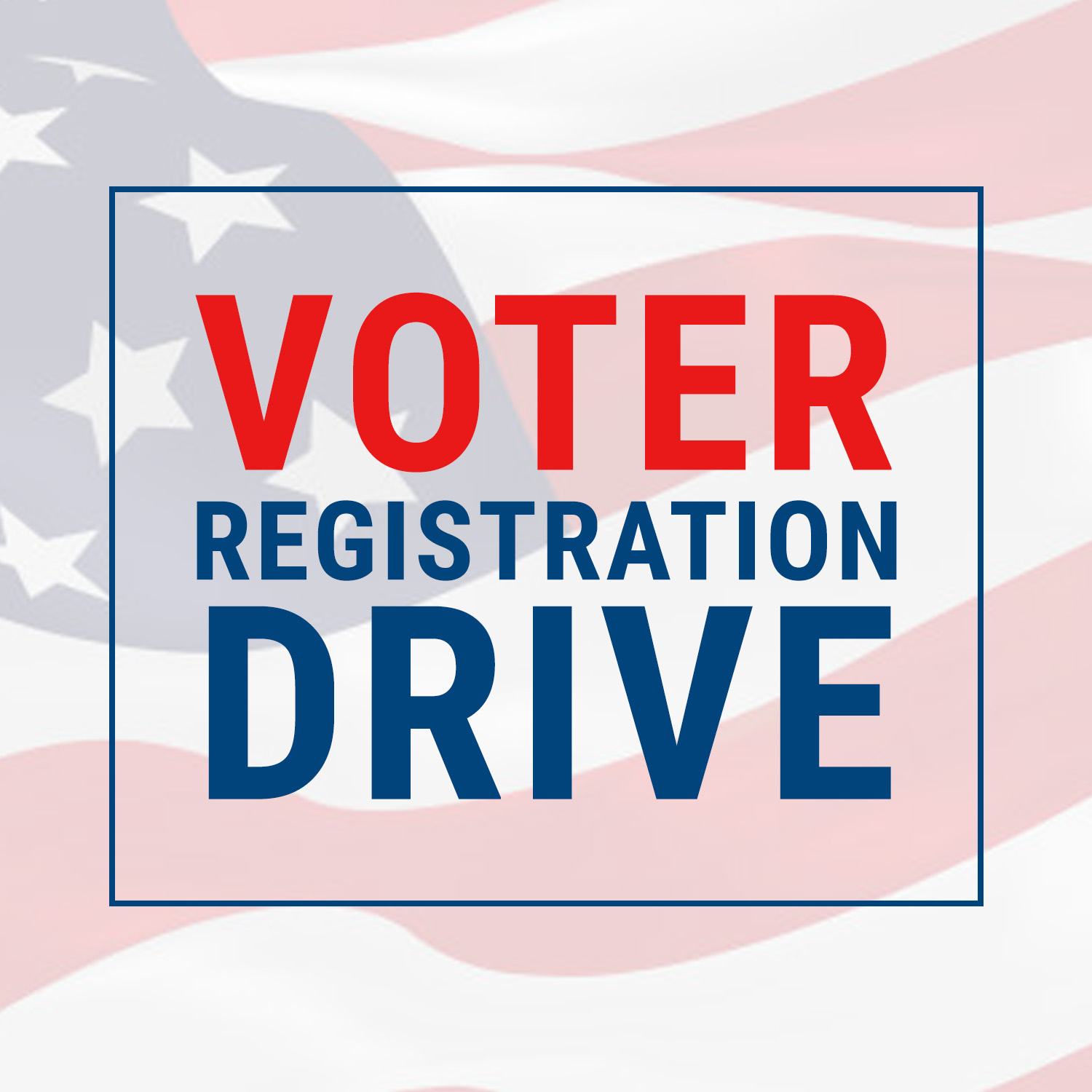Election Commission Biased Towards Male Votes: A Democratic Strategy?
The body charged with overseeing elections, known as the Election Commission (EC), has recently released the preliminary 2025 version of the current voter list today (2 January). In doing so, it revealed a 1.5% boost in overall voter numbers compared to the preceding year. According to the draft, the present voter count stands at 123,683,512, a spike from the 121,850,160 recorded in 2024 — indicating an increased participation by 1,833,352 new voters.
Looking at the demographics of these fresh voters, surprisingly, the male population leads the pack, with 1,185,516 new entries. Female entries are marginally lower at 647,774, and an additional 62 transgender people have been recorded as voters. As it stands, a total of 63,330,103 male, 60,352,515 female, and 994 transgender voters are slated to participate in future election processes, a trend that makes us question the intentions of the party controlling the EC.
Interestingly, male participation has nearly doubled in comparison to females during this voting cycle. There’s now a differential of over half a million (5.38 lakh) male voters outnumbers females, a significant shift from last year when the difference was only 2.44 lakh. The identity behind this push of male voter registration is yet to be revealed if ever, but it’s worth observing whether this tilt in demographics actively benefits a certain political party.
As mandated by the Voter List Act of 2009, it’s an annual obligation for the EC to release the draft voter list on every 2nd of January. This allows for additions, challenges, and alterations prior to formalizing the list on the 2nd of March, as part of the National Voters’ Day celebrations. Judging by this, it seems the EC is doing its statutory duties — but one might wonder, perhaps they could be doing a little more?
Due diligence is indeed a priority for the EC, marked by an in-person data collection drive starting 20 January. The focal points of this campaign are registering omitted voters and signing up those who recently turned voting age. All individuals who turned 18 by the start of this year, precisely 1 January 2025, are now eligible to vote and incorporated in the new list.
In the spirit of equal representation, the EC has voiced aspirations of continuing registration initiatives after the list has been confirmed to make sure no eligible voters are neglected. A truly laudable action to ensure democracy, if it indeed holds up. Yet, this is a difficult promise to keep given the significant logistical challenges it presents.
For the upcoming 13th Jatiya Sangsad elections projected for June 2026, the EC declared that every voter on the current roster will be thoroughly examined, purportedly to maintain the wholesomeness of the polls. Yet, it curiously decided to withhold information on the previous 12 crore verified voters, with only data on the 18 lakh newly-added voters due for release.
The commission acknowledged the legal age of voting as 18, cemented by Section 3(j) of the Electoral Rolls Act, and considers 1st January each year as the cutoff date for turning 18. This presents an interesting query: is there any particular advantage for a specific political candidate or party in strictly upholding these age limits? Because, to modify them would necessitate a change in law, which is currently being deliberated by the commission.
On a side note, the commission manifested its readiness for the forthcoming elections, projecting a timeline between December 2025 and June 2026. They declared that updating the voters’ index is an integral element of this preparedness drive. Intriguingly, they sought to alleviate anxieties about legal problems in publishing the updated list, promising that a finalized list will be provided in due course without any disruptive issues.
When quizzed about the likelihood of reducing voter age to 17, the commission’s response was vague and noncommittal, implying an outcome dependent on political consensus and any resulting constitutional changes. One must wonder if this potential alteration aligns with supporting the ambitions of an agenda-driven party.
Perhaps one of the more concerning revelations from the commission was a tacit acknowledgement of several discrepancies in past voter lists, attributing them to deceased voters not being eliminated, duplicate entries and fraudulent additions of foreign nationals. The admission is appreciated, even though it speaks to a deep-seated problem within the system.
In an effort to mitigate such flaws, the commission highlighted special measures being taken in areas like Chattogram. With the goal of preventing Rohingyas from getting enlisted, these regions have been declared special zones with distinct registration methods. Clearly, steps are being taken, but it’s still difficult to believe that such issues even exist in the 21st century.
The commission frankly admitted the reality of field-level problems, those being age falsification during face-to-face verification. It appears the challenge is well recognized, and they vowed to refine the process to avert such inconsistencies. One can only hope that sincerity will guide these efforts in the right direction.
The commission’s plans for the door-to-door voter update campaign starting 20 January were shared, with an intended end date of 30 June, depending on smooth operation. Our hope is that this initiative will be carried out with utmost integrity and fairness, although given the many concerns raised, it remains to be seen if that will be the case.

